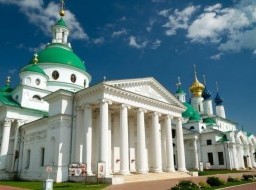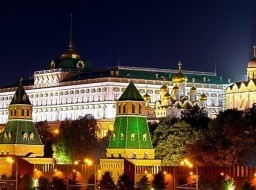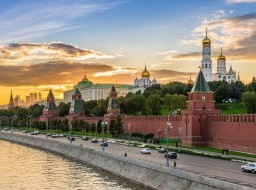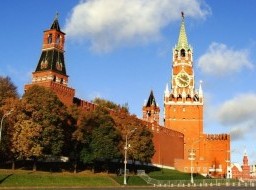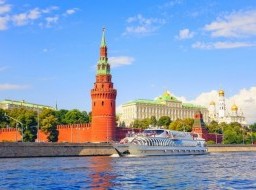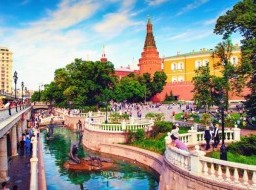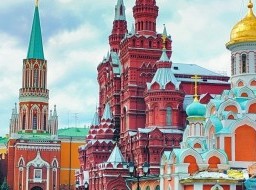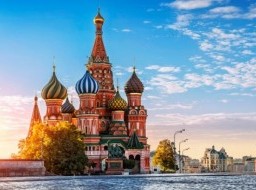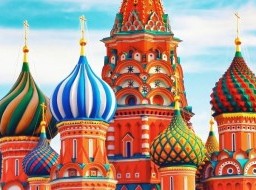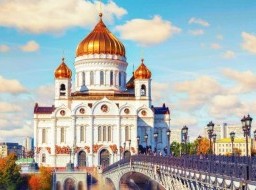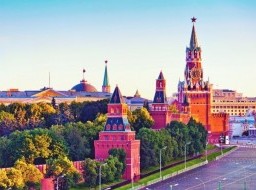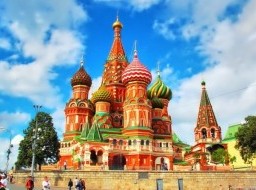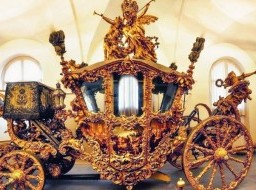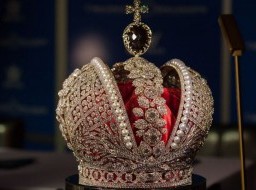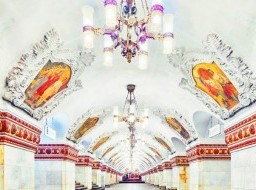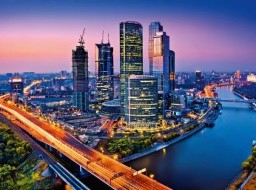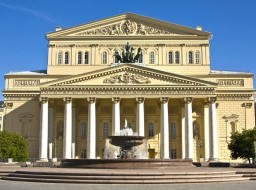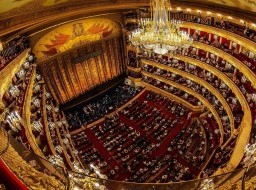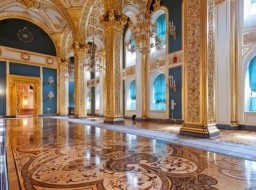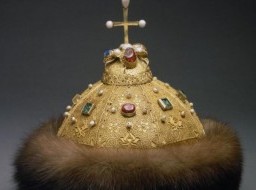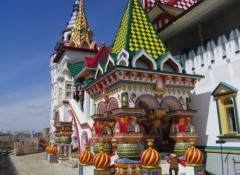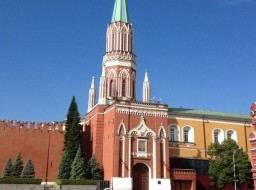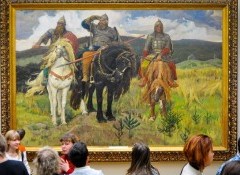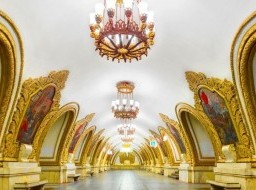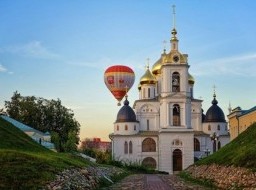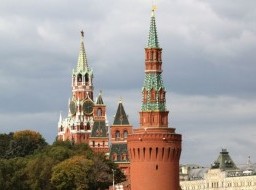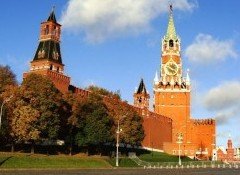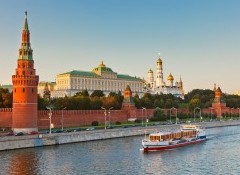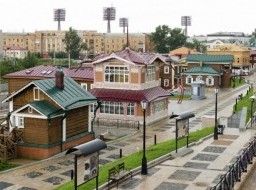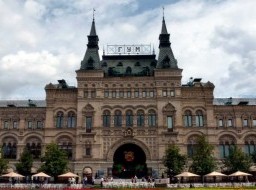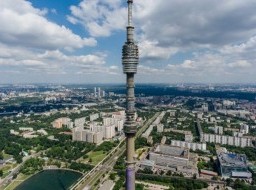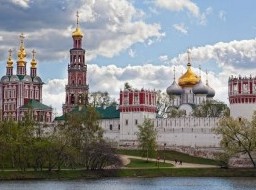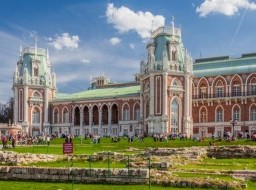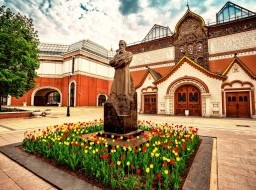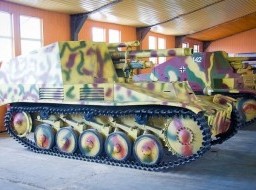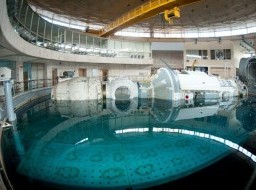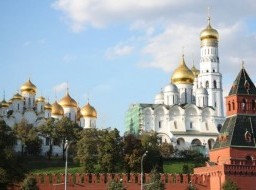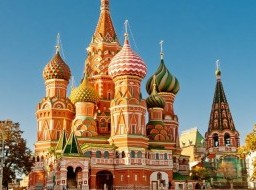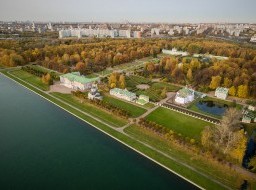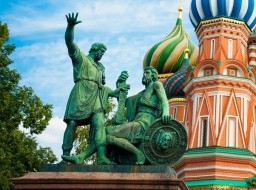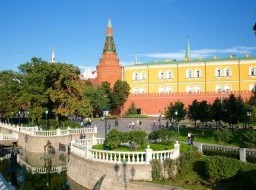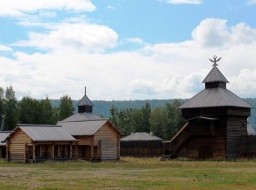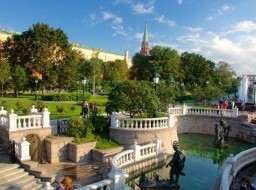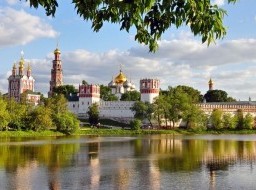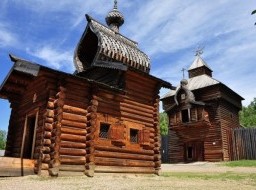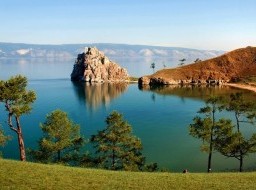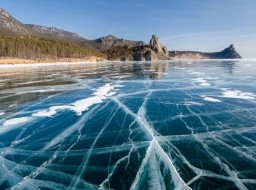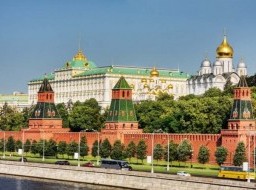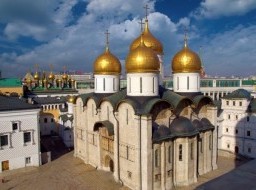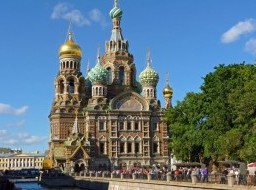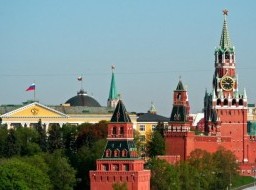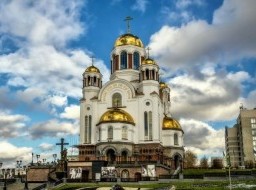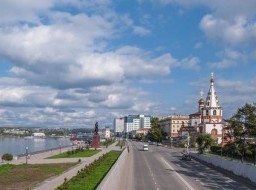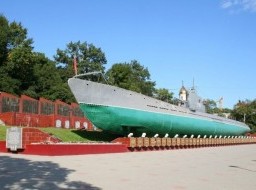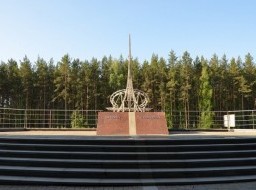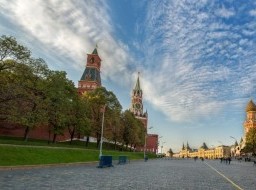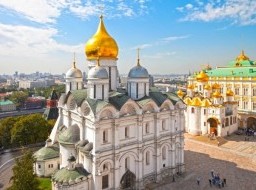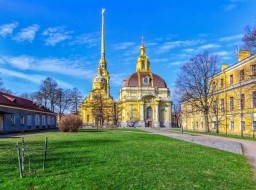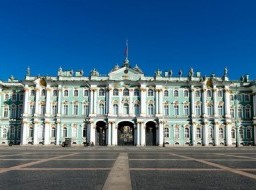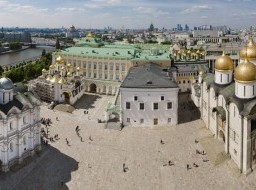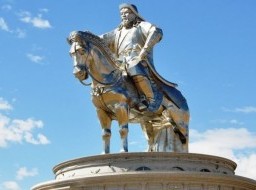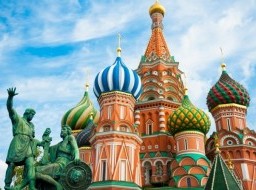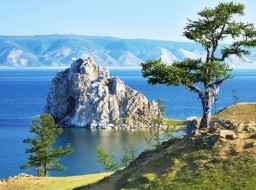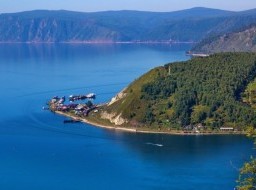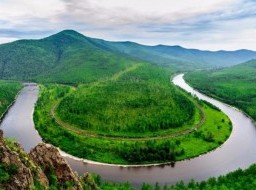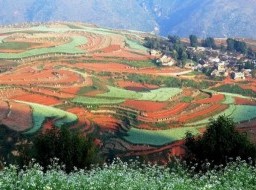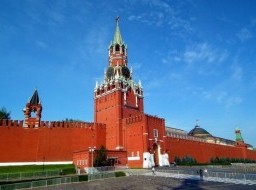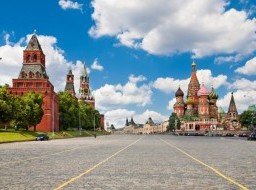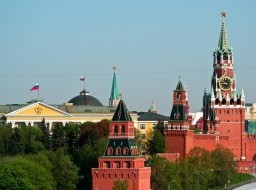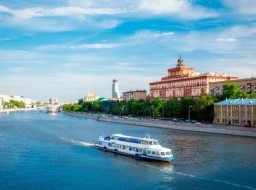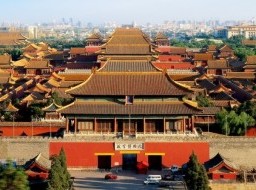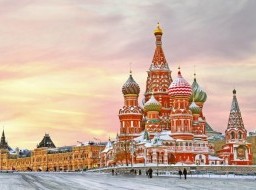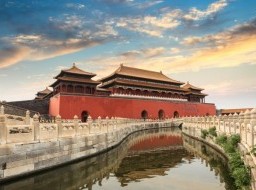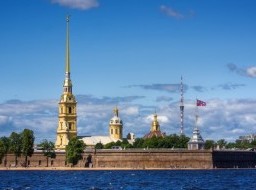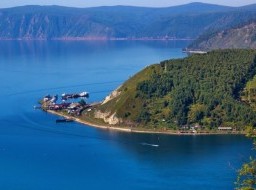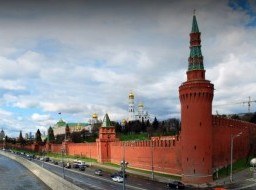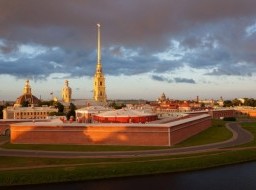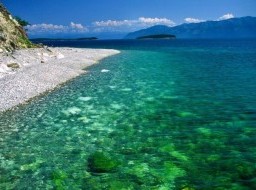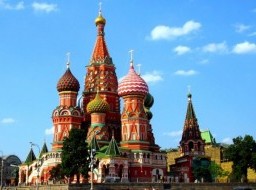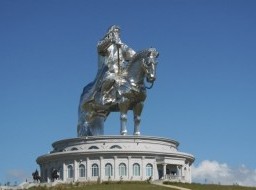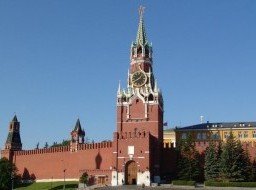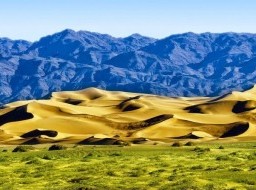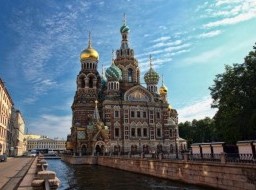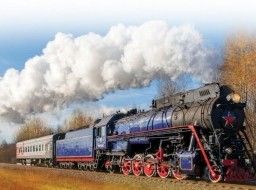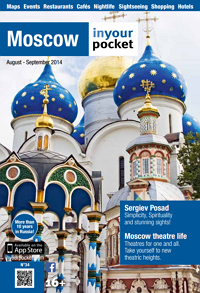Moscow
Moscow can be an overwhelming experience for visitors - there's just so much to see in this vast and vibrant city, from the truly sublime to the ever-so-slightly ridiculous. Moscow has been one of the world's ballet capitals for almost two centuries. It is home to the Bolshoi Ballet, founded in the late 18th century and based at the Bolshoi Theatre. It is called the "world capital of museums". It's no surprise, considering that there are over a hundred very different museums open in the city, and each is unique in its own way. That's why anyone paying a visit to the Russian capital will be able to find something to satisfy their interests and passions.
During the Soviet era, a metro and many new construction projects were undertaken in Moscow as the city grew in population and importance. At the same time, many cultural sites, particularly churches, were destroyed. As a consequence, Moscow lost much of its architectural integrity and ancient charm. In an effort to recover this, the Russian government has engaged in a number of restoration projects in the wake of the collapse of the Soviet Union. One of the most important has been the rebuilding of the Savior Cathedral, which was meant to mark the city's spiritual revival. Nowadays Moscow is the largest city of Russia. It is a political, administrative, economic, educational and cultural centre of the country. There are many places of interest in Moscow. Moscow is an industrial centre with highly developed engineering, electric, light and chemical industries. It is the scientific centre, too. The Russian Academy of Sciences, the oldest university, many schools of higher education, colleges and scientific institutions are located here. Moscow city has been one of the world's ballet capitals for almost two centuries. It is home to the Bolshoi Ballet, founded in the late 18th century and based at the Bolshoi Theatre. This is the city where Petipa's Don Quixote was first performed, also the site, in 1877, of the notorious first production of Reisinger's and Tchaikovsky's Swan Lake. The other major company is the Stanislavsky Ballet which is based at Moscow's second opera house. During the 20th century, under the Communists, ballet in Moscow was well supported by the state and it was here that the heroic Soviet style flourished. In the late 1980s and early 1990s, small independent companies, such as Moscow City Ballet and Moscow Classical Ballet, began to proliferate. Since 1969 the city has hosted an International Ballet Competition which takes place every four years.
The city is famous for its historical monuments, museums, art galleries and theatres. The Historical Museum, the Pushkin Museum of Fine Arts, the Tretyakov State Picture Gallery are world famous. It’s most notable structure is the Kremlin, a medieval fortress on the Moskva with Red Square along its eastern wall. The Lenin Mausoleum is nearby, and the Cathedral of St. Basil the Blessed is at the southern end of the square. 10 must-do things in Moscow 1. To visit the world-wide known Armory Chamber in the Kremlin. It is a treasure-house hosting ancient Russian state regalia, ceremonial vestments, church utensils, gold and silver relics. |
Brief facts |
